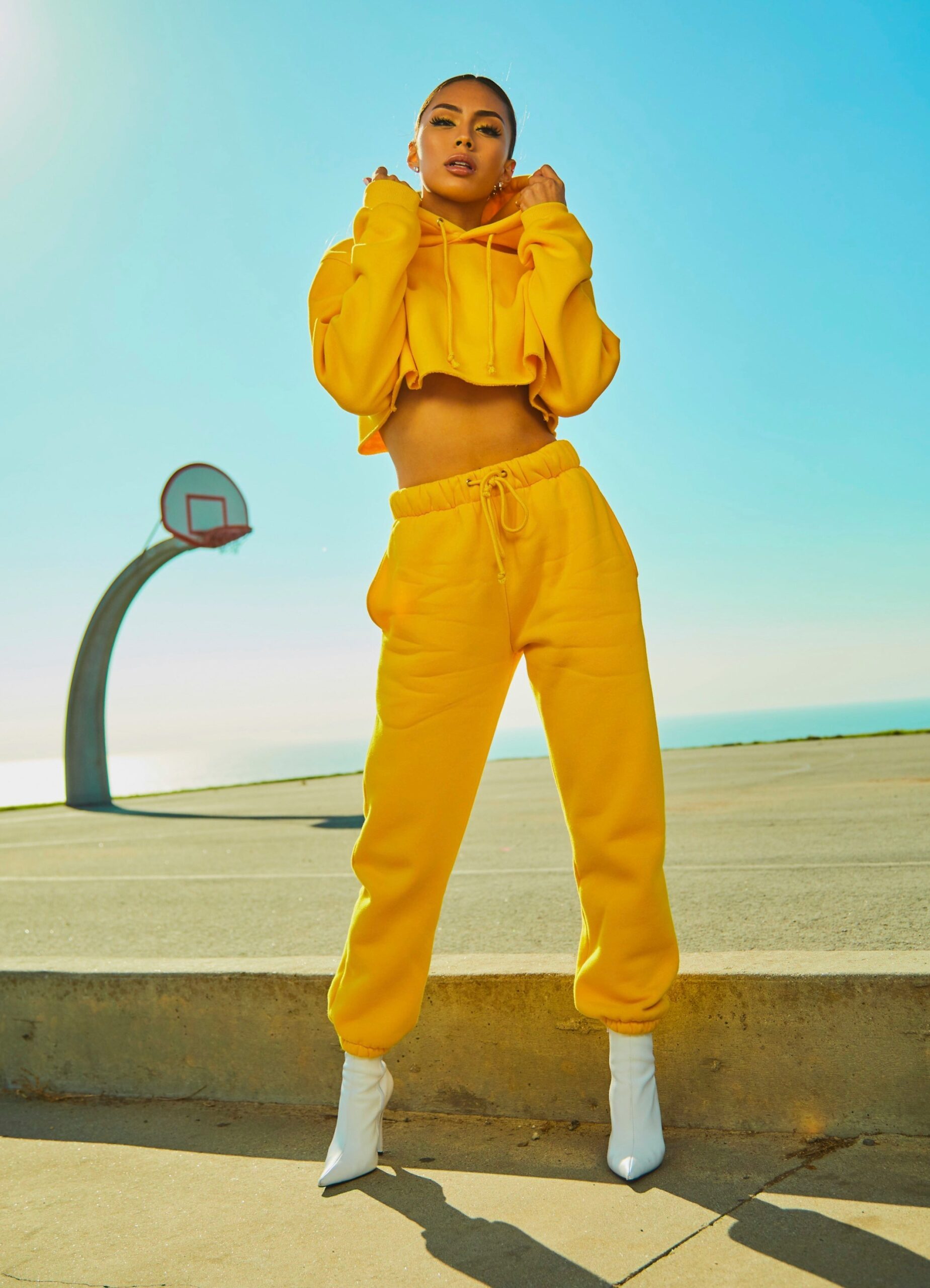

Introduction to the Evolution of Women’s Fashion
Fashion has always been a captivating reflection of society’s values and changes. From the painful constrictions of corsets to the comfort-driven styles of athleisure, women’s fashion tells a remarkable story of evolution. Every era has had its own unique trends, each echoing cultural shifts and personal expressions. These changes illustrate not just how women dress but also how they perceive themselves in relation to the world around them.
Join us as we journey through time, exploring key moments that have shaped women’s fashion into what it is today—an exciting blend of freedom, empowerment, and style!
The Era of Corsets and Restrictive Clothing
The era of corsets marked a significant turning point in women’s fashion. These garments, often made from stiff fabrics and steel boning, aimed to create an idealized hourglass figure. Women were laced tightly into their corsets, sometimes enduring discomfort for the sake of beauty.
This restrictive clothing was not merely about aesthetics. It symbolized societal expectations placed upon women during the 19th century. The silhouette emphasized modesty and femininity while dictating movement and lifestyle choices.
Corsetry permeated daily life; it shaped everything from evening gowns to day dresses. While some women embraced this style, others began questioning its implications on health and freedom of movement.
As time went on, voices advocating for more comfortable attire grew louder. This dissent sparked discussions that would eventually lead to transformative changes in fashion history.
The Roaring Twenties and the Rise of Flapper Style
The Roaring Twenties marked a vibrant shift in women’s fashion. The decade radiated energy, freedom, and boldness. Gone were the days of restraint and modesty.
Flapper style emerged as a symbol of this new era. Women embraced shorter hemlines, bobbed hair, and loose-fitting dresses that emphasized comfort over constraint. The iconic drop-waist silhouette became synonymous with youthful rebellion.
Jazz music filled the air, reflecting the spirit of liberation. Flappers danced to jazz clubs, celebrating their newfound independence. Accessories like long pearls and cloche hats completed their daring looks.
This was more than just a fashion trend; it represented changing societal norms. Women began to demand equal rights while expressing themselves through clothing choices that broke traditional boundaries.
With each flapper outfit came an assertion of identity—a declaration that women could embrace life on their terms. The world had never seen such audacious self-expression before.
World War II and the Impact on Women’s Fashion
World War II brought significant changes to women’s fashion, driven by necessity and practicality. As men went off to war, women stepped into roles traditionally held by men. This shift required attire that was functional.
The iconic fabric of the era was utilitarian. Women began donning trousers as they worked in factories or served in auxiliary military roles. Dresses became simpler, favoring comfort over elaborate designs.
While rationing limited materials, it also sparked creativity. Designers adapted by creating chic yet practical garments from whatever resources were available. The “Make Do and Mend” campaign encouraged innovation in style.
After the war ended, many women retained this newfound independence in their wardrobe choices. The influence of wartime fashion lingered long after victory celebrations faded, paving the way for future revolutions in women’s clothing and self-expression.
The 1960s and the Revolution of Mini Skirts and Mod Style
The 1960s marked a vibrant shift in women’s fashion, fueled by youth culture and rebellion. The iconic mini skirt emerged, symbolizing freedom and self-expression. Hemlines rose dramatically, challenging societal norms.
This era celebrated bold patterns and bright colors. Designers like Mary Quant pioneered the mod style, creating looks that were fresh and innovative. Women began to embrace their individuality with playful prints and daring silhouettes.
Mod fashion wasn’t just about clothing; it was a lifestyle. It represented a break from tradition, resonating with the music scene of the time—think The Beatles and Twiggy’s striking images gracing magazine covers.
Accessories played a crucial role too. Go-go boots became synonymous with this movement, adding flair to every outfit. Women reveled in this newfound sense of confidence as they danced through life on their own terms.
The 1980s: Power Suits, Shoulder Pads, and Glam Rock
The 1980s marked a bold transformation in women’s fashion. Power suits emerged as symbols of ambition and independence. Tailored jackets with exaggerated shoulder pads defined the era, projecting confidence in the workplace.
Colors exploded onto the scene. Bright hues mingled with patterns that demanded attention. Women embraced their individuality through daring choices, mixing textures and styles like never before.
Glam rock influenced everyday wear too. Think sequins, leather, and vibrant makeup that turned heads everywhere. This was an age where self-expression reigned supreme.
Hairstyles were just as audacious—big hair symbolized freedom and rebellion against convention. The blend of high-octane glamour created a unique aesthetic that still resonates today.
Everywhere you looked, women celebrated empowerment through their clothing choices while redefining societal norms regarding femininity and style. It was truly a decade to remember for its unapologetic flair!
The 2000s: From Low-Rise
The 2000s marked a significant shift in women’s fashion, particularly with the rise of low-rise jeans. This trend defined an era where casual wear became increasingly dominant. Denim was no longer just about comfort; it became a statement piece.
Pop culture played a massive role during this time. Celebrities like Britney Spears and Paris Hilton popularized styles that featured belly-baring tops paired with ultra-low-rise bottoms. The influence of music videos and reality shows made these looks not just trendy but aspirational for many young women.
But it wasn’t all about denim and crop tops. Athleisure began to creep into everyday wardrobes as well, offering both comfort and style in workout gear that could easily transition from gym to streetwear. Leggings were everywhere, often paired with oversized shirts or fitted tanks—a blend of practicality and fashion-forward thinking.
As the decade progressed, personal expression through clothing evolved even further. Women started embracing their individuality more than ever before, mixing high-end pieces with thrift store finds—a true testament to creative self-expression.
This journey through various eras of women’s fashion highlights how societal changes have influenced what we wear today. Each decade brought its own unique elements while paving the way for future trends in women’s attire—a captivating reflection of our history intertwined with style evolution.
